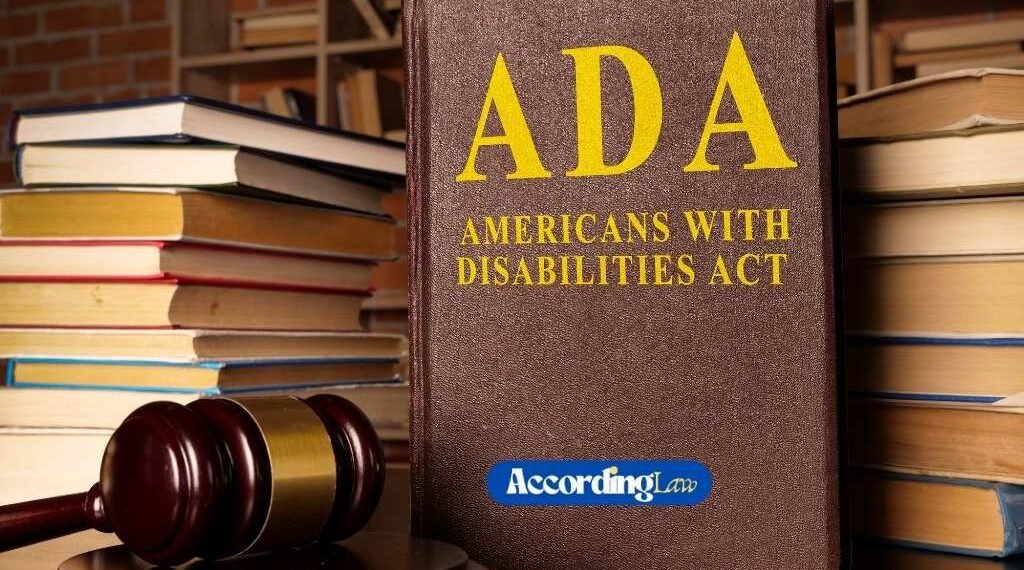Conditions such as autoimmune disorders or chronic pain can be demanding to prove in disability evaluations because they are not always outwardly visible. SSD Law Firm works closely with clients to present compelling evidence of how these conditions affect daily functioning. Their advocacy ensures that people with less obvious challenges receive fair consideration.
Table of Contents
Understanding Invisible Disabilities: What Are They?
Defining Invisible Disabilities
Invisible disabilities cover a wide range of physical, mental, and neurological conditions that aren’t obvious to others at first glance. Unlike visible impairments, they don’t always show outward signs, which can make them harder for people to recognize or understand. Conditions such as chronic pain, mental health challenges, neurological disorders, and autoimmune diseases often fall into this category. Even though they may be hidden, their effects can be profound, shaping a person’s daily routines, limiting physical ability, and influencing both cognitive performance and emotional health.
Examples of Invisible Disabilities
To further comprehend the breadth of invisible disabilities, consider conditions such as fibromyalgia, which causes widespread pain and fatigue, or depression, a mental health disorder that affects mood and cognition. Similarly, epilepsy, a neurological disorder characterized by recurrent seizures, and lupus, an autoimmune disease affecting multiple body systems, are also considered invisible disabilities. Each of these conditions presents unique challenges, and individuals may require different accommodations to manage their lives effectively.
Key Laws Protecting People with Invisible Disabilities
Americans with Disabilities Act (ADA)
The Americans with Disabilities Act (ADA) is a cornerstone of the legal framework that protects individuals with disabilities, including those with invisible disabilities. Enacted in 1990, the ADA prohibits discrimination against individuals with disabilities in various areas, such as employment, public accommodations, transportation, and government services.
Under the ADA, employers are required to provide reasonable accommodations to qualified individuals, ensuring that those with conditions like chronic pain, mental health disorders, and autoimmune diseases are not unfairly disadvantaged in the workplace.
Rehabilitation Act of 1973
The Rehabilitation Act of 1973 complements the ADA, specifically addressing nondiscrimination and affirmative action requirements. Section 504 of the Act is particularly significant, as it prohibits discrimination based on disability in programs receiving federal financial assistance.
This provision has been pivotal in educational settings, compelling schools and universities to accommodate students with invisible disabilities through modifications and support services. The Act ensures that academic and professional environments are accessible, fostering an inclusive atmosphere for all.
Family and Medical Leave Act (FMLA)
The Family and Medical Leave Act (FMLA) provides an additional layer of protection for individuals with invisible disabilities. It enables eligible employees to take unpaid, job-protected leave for specific family and medical reasons, which include managing their own severe health conditions.
This act empowers individuals to prioritize their health without fear of losing their jobs, recognizing that invisible disabilities can require intermittent or extended periods of rest and recovery. By safeguarding employment during medical leave, the FMLA plays a crucial role in supporting the well-being of individuals living with these conditions.
Navigating Legal Rights in Education for Invisible Disabilities
Legal Framework and Protections
When it comes to education, various laws have been established to protect the rights of individuals with invisible disabilities. One of the pivotal statutes is the Americans with Disabilities Act (ADA), which ensures that students with disabilities, whether visible or not, receive equal access to educational opportunities.
Furthermore, the Individuals with Disabilities Education Act (IDEA) provides for tailored educational services, emphasizing that all children, regardless of their disability status, are entitled to a free and appropriate public education.
Understanding Accommodations and Modifications
Invisible disabilities, such as dyslexia, ADHD, or chronic health conditions, often require specific accommodations to foster an equitable learning environment. These accommodations include extended time on tests, assistive technology, or modified classroom settings. Schools are obliged to work with students and parents to develop Individualized Education Programs (IEPs) or 504 Plans; tailored strategies that address the unique needs of each student.
Advocacy and Communication
Effective advocacy is crucial in ensuring that the rights of students with invisible disabilities are upheld. Open communication between students, parents, educators, and administrators plays a vital role in this process. Students and their families need to understand their legal rights and take proactive steps to seek necessary accommodations. Engaging with school staff to regularly review and adjust IEPs or 504 Plans can help maintain a supportive educational environment.
Final Thoughts
Understanding how the law protects individuals with invisible disabilities provides insight into the evolving landscape of inclusivity and justice. Legal frameworks, such as the Americans with Disabilities Act, provide crucial safeguards, ensuring that individuals with hidden challenges receive the respect and accommodations they deserve.
As you navigate this complex terrain, SSD Law Firm emphasizes the importance of advocacy and awareness in dismantling barriers. By championing equitable treatment and fostering a culture of empathy, you contribute to a more inclusive society where invisible disabilities are acknowledged and supported.


